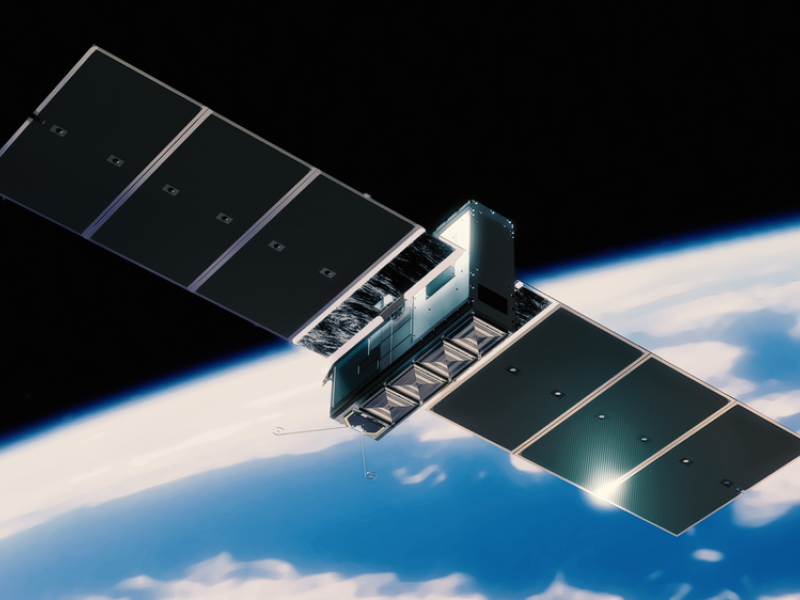Fleet Space Technologies claims to now operate the world’s smallest satellite capable of supporting voice communications, following a successful demonstration for the Department of Defence.
During a live demonstration hosted by the Defence Science and Technology Group, Fleet updated the software of its Centauri-4 satellite while in low-earth orbit, enabling push-to-talk capabilities for the Australian Defence Force’s (ADF) Joint Capabilities Group.
Push-to-talk (PTT) capabilities enable instant voice communication between two or more connected devices at the push of a button.
Following the successful proof of concept, Cenaturi-4 is now the world’s smallest satellite capable of delivering voice communications, Fleet Space said. The Centauri satellite weighs just 10 kilograms and has a sized comparable to a shoe box.

During the demonstration, Fleet implemented communications technology previously developed through a SmartSat Cooperative Research Centre-funded project.
The ‘beagle’ waveform was initially developed in collaboration with University of South Australia spin-out Safety from Space. SmartSat defence and national security coordinator Peter Kerr said the demonstration highlighted the CRC’s contributions to the local space industry.
“Enabling an entirely new voice capability for a satellite that is already in orbit is a tremendous technical accomplishment,” Mr Kerr said.
“With this proof of concept, SmartSat is playing a critical role in helping Australian industry develop SATCOM [satellite communications] resiliency for Defence and validate the Regenerative Voice System architecture which is a powerful and ambitious approach undertaken by the ASCEND2LEO program.”
The architecture underpinning the PTT capability known as the ‘regenerative voice system’ is being delivered as a part of the ASCEND2LEO satellite communications program.
Fleet received a $6.4 million contract from Defence Space Command in April 2023 to deliver the program over a 16-month period. Defence Space Command was officially transferred into the Joint Capabilities Group from the Air Force at the start of July 2023.
The ASCEND2LEO program aims to deliver voice and data transmission for the ADF where connectivity is otherwise limited.
According to the nanosatellite manufacturer, the demonstrated capabilities “achieved remarkable performance according to a strict criterion for one-way voice transmission including voice quality, reliability, and link persistence across thousands of kilometres” in different operational environments.
Fleet’s Centauri satellites feature 3D printed all-metal patch antennas and advanced Field Programmable Gate Arrays, a type of circuit that can be reprogrammed after manufacturing. The Centauri-4 satellite was deployed in June 2021 on board SpaceX’s Transporter-2 mission.
Fleet co-founder and chief exploration officer Matt Pearson said the proof of concept enables “new innovation pathways” for the global space industry. The company’s nanosatellites are currently used by around 30 companies across the world in the mining sector.
Do you know more? Contact James Riley via Email.

